in my code - which is actually longer that what I show here - I'm calculating a magnitude spectrogram of an audio signal. Afterwards, I'm plotting a pcolormesh plot. When I view the spectrogram with matplotlib.pyplot.show(), almost immediately the plot pops up (see below). I measured this with time.time() and the reaction is very quick.
The issue is the following: I need to take this matplotlib.pyplot.pcolormesh and convert it to numpy array image for the purpose of sending it through SpoutGL. I've tried rendering the plot onto a canvas with FigureCanvasAgg. While this does work, it takes too long (around 0.6 sec for HD dimensions - my goal is max 0.05 sec). I've also tried get_array(). This is very fast, but it completely destroys the spectrogram plot into a confusing mix of pixels (see below).
Since the plt.show() reaction is so fast and it does show the pcolormesh as... well, essentially an image, I figured there must be a way to use this and convert the plot somewhat "directly" into a numpy array to be sent through SpoutGL. But I have no idea how. The get_array() failed so far. Is there a way to make get_array() work? Or is there another way? I'd very much appreciate any help. This has been bugging me for days and days (especially since the plt.show() is so quick).
# Calculating and plotting the spectrogram
frequencies, times, magnitude_spectrogram = spectrogram(audio_signal, fs=44100, window=hann, nperseg=2000, noverlap=int(nperseg / 1.2))
spectrogram_fig = matplotlib.pyplot.figure(figsize=(12.8, 7.2), frameon=False)
matplotlib.pyplot.pcolormesh(times, frequencies, 10 * np.log10(magnitude_spectrogram), shading='gouraud', cmap="inferno", vmin=-100, vmax=-30)
matplotlib.pyplot.show()
# Here I need to convert the plot to numpy array
# Sending through SpoutGL
SpoutGL.SpoutSender().sendImage(spectrogram_plot_to_image, 1280, 720, GL.GL_RGB, False, 0)

